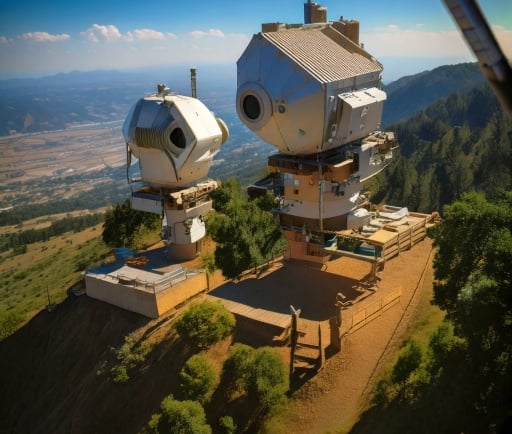Advancements in Space Docking: The Role of Vision-Based Sensors


Introduction to Vision-Based Sensors in Space
In the ever-evolving landscape of space exploration, precise docking procedures are critical for the success of missions. Among the technological advancements that have significantly enhanced these operations is the use of vision-based sensors. These sensors, designed to simulate human visual perception, play a vital role in ensuring that spacecraft can dock safely and effectively with the International Space Station (ISS) and other space habitats.
The Testing of Vision-Based Sensors
The recent tests conducted with vision-based sensors during docking procedures have yielded promising results. By leveraging advanced algorithms and image processing techniques, these sensors can identify docking ports with remarkable accuracy. This capability reduces the risk of insufficient alignment, which can lead to potential collisions or failures during docking.
During the testing phases, these sensors have showcased their ability to adapt to varying environmental conditions such as lighting changes or orbital debris visibility. This adaptability is crucial, as the conditions in space can often be unpredictable and challenging for autonomous systems. The successful deployment of these sensors marks a significant step forward in autonomous spacecraft technology, allowing for smoother operations in future space missions.
The Future of Docking Technology
As we look ahead, the integration of vision-based sensors into the docking processes of space missions seems promising. Future missions to the Moon, Mars, and beyond will benefit from this technology, enhancing not only the efficiency of docking maneuvers but also broadening the scope of autonomous operations in space.
Moreover, as technology continues to advance, we can expect even more refined vision-based systems that will not only improve docking accuracy but also contribute to developing smarter spacecraft capable of handling complex tasks with minimal human intervention. The implications of these advancements extend beyond mere convenience; they could revolutionize how we approach long-duration spaceflight and interplanetary exploration.
In conclusion, the testing of vision-based sensors in the docking of the International Space Station illustrates a pivotal moment in aerospace technology. Through continuous research and development, the future of space docking looks brighter than ever, paving the way for further discoveries and adventures in the cosmos.
